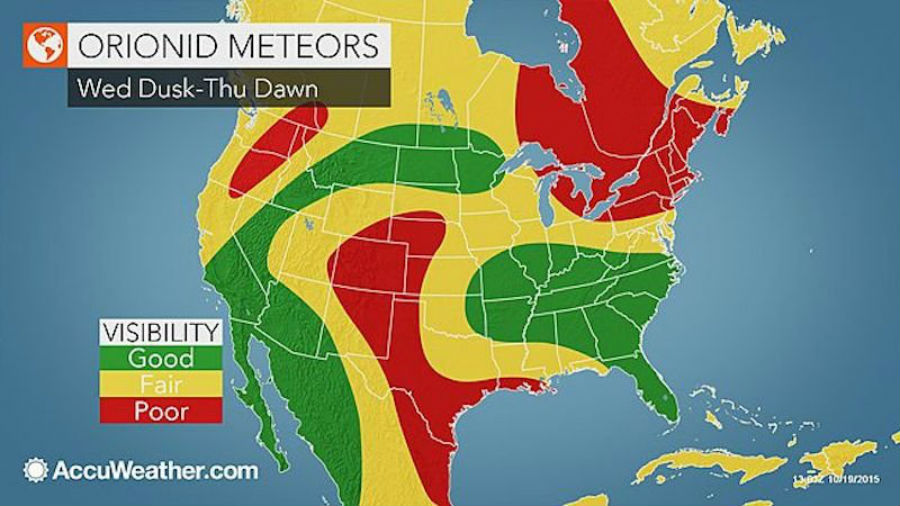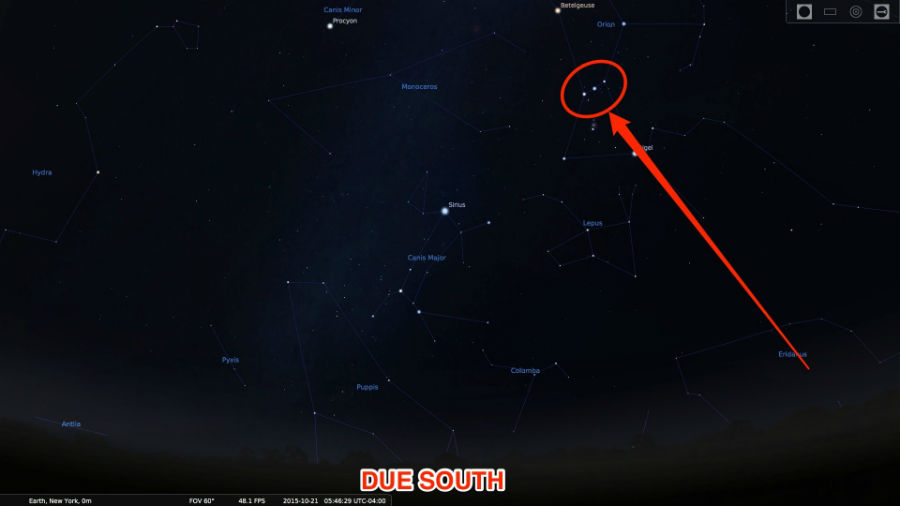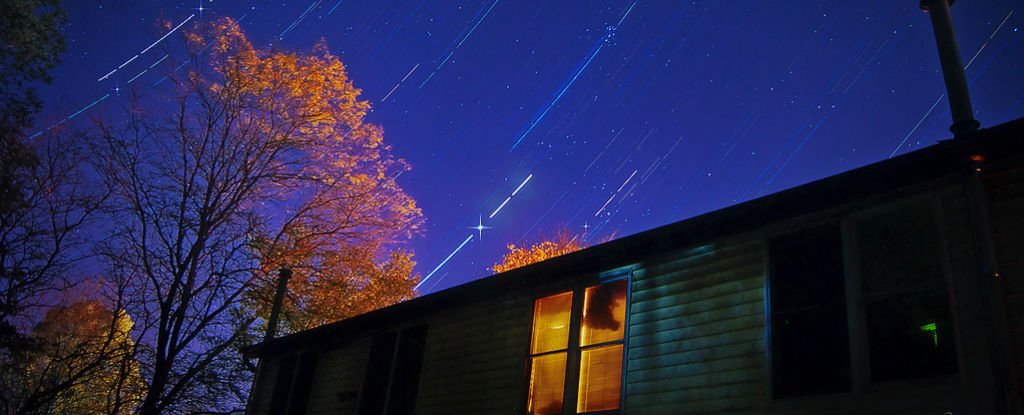
Enjoy the show.
The Orionids meteor shower, which is generated by the famous Halley’s Comet, is happening this week. Halley’s Comet is only visible from Earth once every 75 years, but residual chunks from its tail generate two annual meteor showers: the Eta Aquarids in May and the Orionids in October.
Meteor showers typically come from the dusty, rocky guts that comets leave behind as they fly through the Solar System. When Earth passes through a comet’s tail, its gravitational pull attracts their debris, which then enters the atmosphere, burns up, and is seen as a falling star or meteor. This week’s Orionid meteor shower is your last chance of the year to catch a glimpse of this famous comet’s guts as they rain down through Earth’s atmosphere.
The best time to see the Orionids this year, which is when the most meteors will be streaking across the sky, will be in the early morning hours – right before dawn – on Wednesday, October 21 and Thursday, October 22, according to EarthSky.org.
This year’s shower is expected to give a pretty good show, offering between 10 to 20 meteors an hour at its peak. You can find out the exact time dawn will approach in your area by checking out Gaisma.com. For New York City, it will be 6:45am Wednesday morning, so New Yorkers should get a decent show within the hour before that – as long as the weather holds up.
Here’s a map from AccuWeather.com showing what the weather will be like across the US for Wednesday evening and early Thursday morning:
 AccuWeather.com
AccuWeather.com
How to spot an Orionid meteor
Each meteor shower is named for the constellation from which they seem to appear. The Orionids, for example, are named for the constellation Orion. Luckily for amateur star gazers, Orion is one of the easiest constellations to pick out in the night sky. A sure way to spot it is to look for what is called Orion’s Belt, which is made of three bright stars in a straight line, identified in the image below.
We used the free planetarium app Stellarium to figure out where in New York’s night sky the constellation will be at 5:45 am on Wednesday, October 21, but you can customise Stellarium to fit your specific location. Orion will be relatively high above the horizon in the southward direction of the sky, as shown below:
 stellarium.org and Business Insider
stellarium.org and Business Insider
In order to spot just about any meteor shower, you need to get to a dark place, far from city lights. Sometimes the Moon’s light can be a nuisance, but not this year.
Although the Moon’s phase right now is a waxing crescent – meaning it is growing brighter every night – it will have set long before the Orionids peak during the pre-dawn hours. That means you’ll have a better show than you otherwise might. No special viewing equipment is needed. Just lay down on your back, look up, and enjoy the show. And if it looks like clouds are going to role in, don’t forget to check out the shower online.
Slooh’s live broadcast of the meteor shower starts at 8pm ET on October 21.
